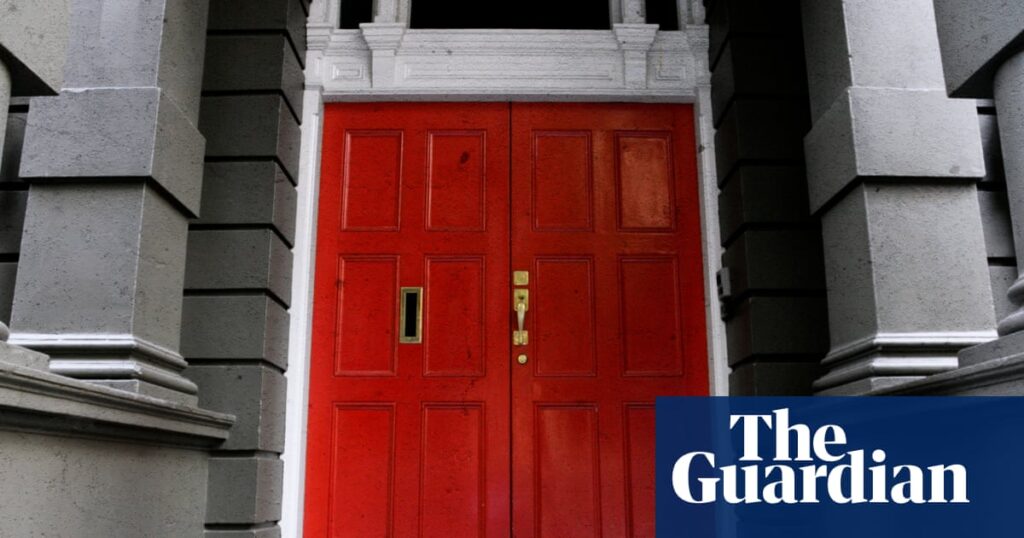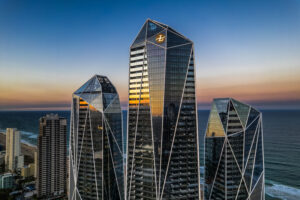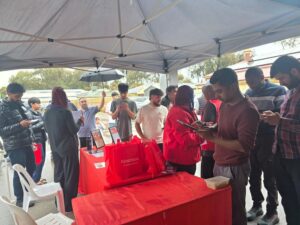
“Lady guests” will soon be welcomed into one of Australia’s oldest private clubs as the cost-of-living crisis pushes the men-only Melbourne Savage Club into a six-month trial of mixed dining. The move marks a significant shift for the club, which has long been a bastion of male exclusivity.
In a survey conducted among the club’s members last year, only 2% of respondents, a mere four men, supported the idea of admitting women as full members. However, there was a notable interest in allowing more female guests. This development comes as the club grapples with declining patronage due to economic challenges.
The Savage Club’s Storied Past
The Savage Club, self-described as “the home of bohemian Melbourne for well over a century,” has traditionally served as a gathering place for artists, intellectuals, and business leaders to exchange ideas and enjoy camaraderie. Former Labor senator Doug Cameron once characterized the club as “a more sozzled alternative to the genteel Melbourne Club,” highlighting its roots in bohemianism, free love, frugality, and voluntary poverty.
In 2019, human rights barrister Julian Burnside famously resigned from the club over its refusal to admit women, a decision made during his political campaign for the Greens in Kooyong. The club’s historic premises on Bank Place house a variety of bars, dining rooms, and meeting spaces, with a primary focus on luncheons and social functions.
Economic Pressures and Changing Traditions
In a recent notice to members, club president David McCubbin addressed the impact of the cost-of-living crisis on hospitality venues, noting that fewer than four people were utilizing the club’s facilities on certain days. “Sadly, the Dining Room usage, particularly on Tuesdays and Wednesdays, has diminished to such a level that it has become uneconomic and dispiriting for staff members,” McCubbin wrote.
The committee recognized an “untapped potential” for members to bring female guests to the Dining Room, prompting the decision to trial mixed dining on Tuesdays and Wednesdays starting July 1. During this trial, members can bring “lady guests” to a reserved alcove of the Dining Room and enjoy pre-lunch drinks in the Social Room, while the Third World Bar will remain exclusive to members.
Historical and Cultural Significance
The Victorian Heritage Council acknowledges the site’s architectural significance and its historical occupancy by the Savage Club. Prominent past members include artists Frederick McCubbin and Arthur Streeton, as well as former prime ministers Billy Hughes and Robert Menzies.
Private gentlemen’s clubs like the Savage Club, the Australian Club, and the Melbourne Club have faced controversy in recent years over their policies regarding female membership. These institutions have often been criticized for their lack of transparency and reluctance to adapt to modern societal norms.
A Broader Context of Change
Internationally, similar clubs have begun to reevaluate their membership policies. In London, the Garrick Club lifted its men-only rule last year, yet only three women have been admitted so far. Broadcast journalist Julie Etchingham recently withdrew her candidacy, citing discomfort with the hostility from male members.
The Savage Club’s trial of mixed dining reflects a broader trend of traditional institutions grappling with changing societal expectations and economic realities. As the club opens its doors to female guests, it remains to be seen whether this will lead to more permanent changes in its membership policies.
As the trial progresses, the club will likely monitor its impact on attendance and member satisfaction, potentially setting a precedent for other private clubs facing similar challenges.






